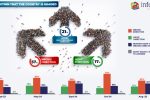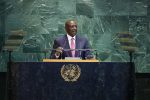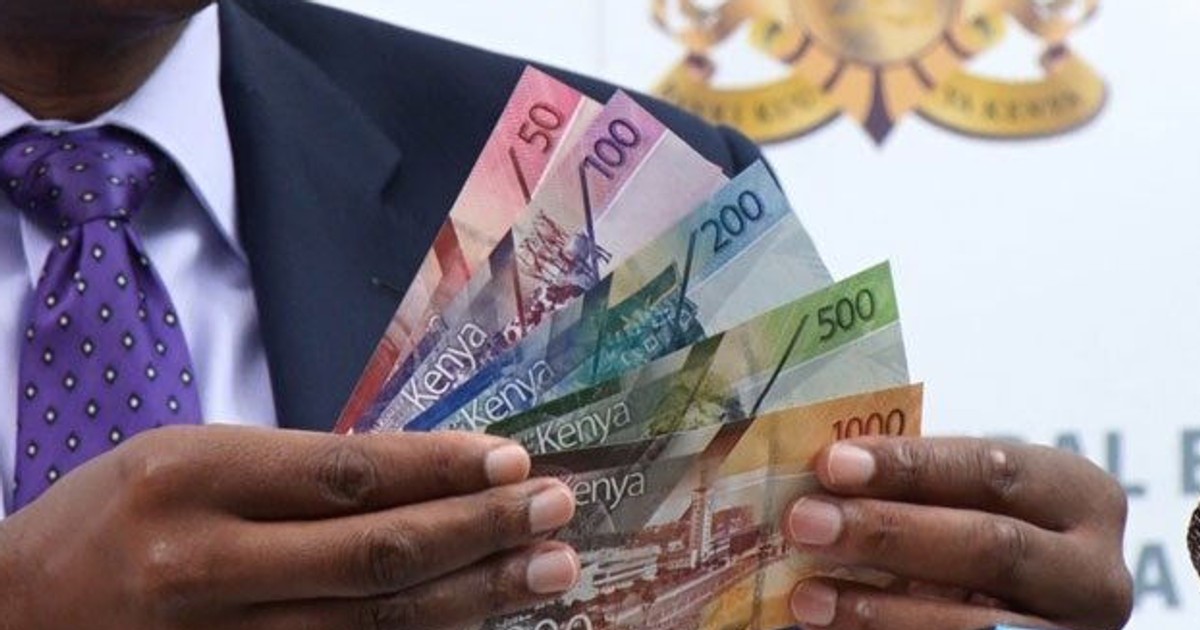Kenya’s macroeconomic indicators present a complex and somewhat contradictory picture this week as the shilling strengthens amid drop in forex reserves, rising borrowing costs
The Kenyan shilling has surprisingly gained ground against major international currencies, even as the nation faces declining foreign exchange reserves and increasing debt pressures.
According to the Central Bank of Kenya (CBK) Weekly Bulletin released on April 4, 2025, the Kenyan shilling appreciated notably against the US dollar, exchanging at an average of KSh 131.69 compared to KSh133.43 the previous week. This marks a continuation of the shilling’s recent rally, having gained over 10 per cent since early February. The currency also strengthened against the Euro and the Sterling Pound, offering some relief to importers.
This positive trend is largely attributed to increased dollar inflows from tea exports, improved diaspora remittances, and investor confidence buoyed by government commitments to fiscal discipline.
However, the stronger shilling contrasts sharply with a decline in the country’s forex reserves, which stood at USD6.86 billion as of April 3—an equivalent of 3.7 months of import cover, down from 3.9 months the previous week. While this remains close to the CBK’s statutory threshold of 4 months of import cover, the downward trend is concerning.
The CBK notes that the reserves remain sufficient to support the shilling and cushion the economy against external shocks such as global price volatility or sudden capital outflows. However, analysts warn that unless new external financing is secured, further drawdowns could weaken Kenya’s ability to manage debt repayments and import needs.
Read: What Trump’s 10 per cent reciprocal tariff means for Kenya
At the same time, the government’s borrowing costs are on the rise. This week’s Treasury bond auction underscored tightening liquidity in the domestic market, meaning there’s less readily available cash for lending.
The 3-year bond reopened on April 3 attracted bids worth KSh18.6 billion against an offer of KSh 20 billion, with the weighted average rate rising to 16.34 per cent, up from 15.98 per cent in a similar bond issued in February. The undersubscription, with bids falling short of the offer, reflects a market hesitant due to higher returns, signalling investor concerns about inflationary pressures and alternative investment options.
On the equities front, the Nairobi Securities Exchange (NSE) posted modest gains. The NSE 20 Share Index rose by 1.2 per cent week-on-week to 1,599.82 points, while the All Share Index gained 1.4 per cent. Market turnover increased slightly to KSh 1.06 billion, driven by renewed foreign investor interest in banking and telecommunication stocks.
Meanwhile, interbank rates spiked to 13.57 per cent as of April 3, up from 13.09 per cent the previous week. The spike in interbank rates, which are the rates banks charge each other for short-term loans, signals potential stress in the banking system’s liquidity. The overnight lending volume in the interbank market dropped significantly to KSh 11.1 billion from KSh 20.9 billion a week earlier, indicating increased caution among banks and reduced appetite for overnight lending.
Inflation remained stable at 6.3 per cent in March, easing slightly from 6.3 per cent in February, mainly due to stable food and fuel prices. However, core inflation is expected to edge upward in coming months due to sustained pressure on domestic prices and global commodity costs.
The bulletin also highlights growing concerns over public debt, which now stands at over KSh 11 trillion. With Eurobond repayments looming and concessional financing options tightening globally, the government faces limited fiscal room, potentially hindering its ability to invest in critical infrastructure or social programs.
As Kenya prepares for the next round of IMF reviews under the Extended Fund Facility and Extended Credit Facility, eyes will be on the government’s ability to maintain currency stability, manage debt obligations, and shore up reserves without triggering inflationary or growth trade-offs, which could have significant consequences for the country’s economic outlook.












